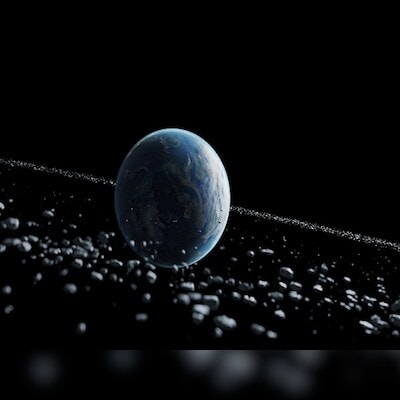[
]
)
Photo: Monash University/Oliver Hull
Andy Tomkins and his team conducted research at Monash University in Melbourne which suggests that earth once had Saturn-like rings that lasted for around ten million years, influencing the climate of the planet.
The research is based on the analysis of 21 asteroid craters from the ‘Ordovician’ impact spike period, which occurred around 466 million years ago and contributed to the coldest period on earth in the last 500 million years.
The study reveals that the large objects pulled by unknown forces from their orbits created craters that collided with earth. The research team also found that the craters were predominantly clustered in a narrow band near the equator.
The researchers believe that the asteroids fragmented due to tidal forces, forming a debris ring around earth which is very similar to Saturn’s ring.
What are the key findings?
According to the Independent report, Tomkins stated that the material from the ring was pulled by the gravitation of Earth over the years, resulting in increased meteorite impacts recorded in the geological record. He also mentioned that layers in sedimentary rocks from that period contain unusually high amounts of meteorite debris, supporting the team’s hypothesis.
The crater’s position close to the equator is attributed to the movement of continents due to plate tectonics. Tomkins and his team suggest that during the Ordovician period, the sites of these craters were located close to the equator.
The latest study incorporates previous research identifying consistent meteorite signatures from the sea area in the several limestones situated near the equator.
How ancinent rings impacted climate change on Earth?
The recent study suggests that these ancient rings may have significantly impacted the climate system on earth. The debris rings possibly blocked the sunlight and contributed to a global cooling event, which is known as the Hirnantian Icehouse. The cooling event aligns with a period of increased meteorite impacts suggesting a possible connection between the ring and climate changes during that time.
What will be the challenges and future implications of the study?
The findings provide a fresh perspective on earth’s ancient history. Professor Tomkins also noted that more evidence is needed to confirm this hypothesis. The latest study prevents novel twists in understanding earth’s past, but additional research will be necessary to validate the impact of these ancient rings on earth’s climate and geological history.
First Published: Sep 19 2024 | 6:07 PM IST


